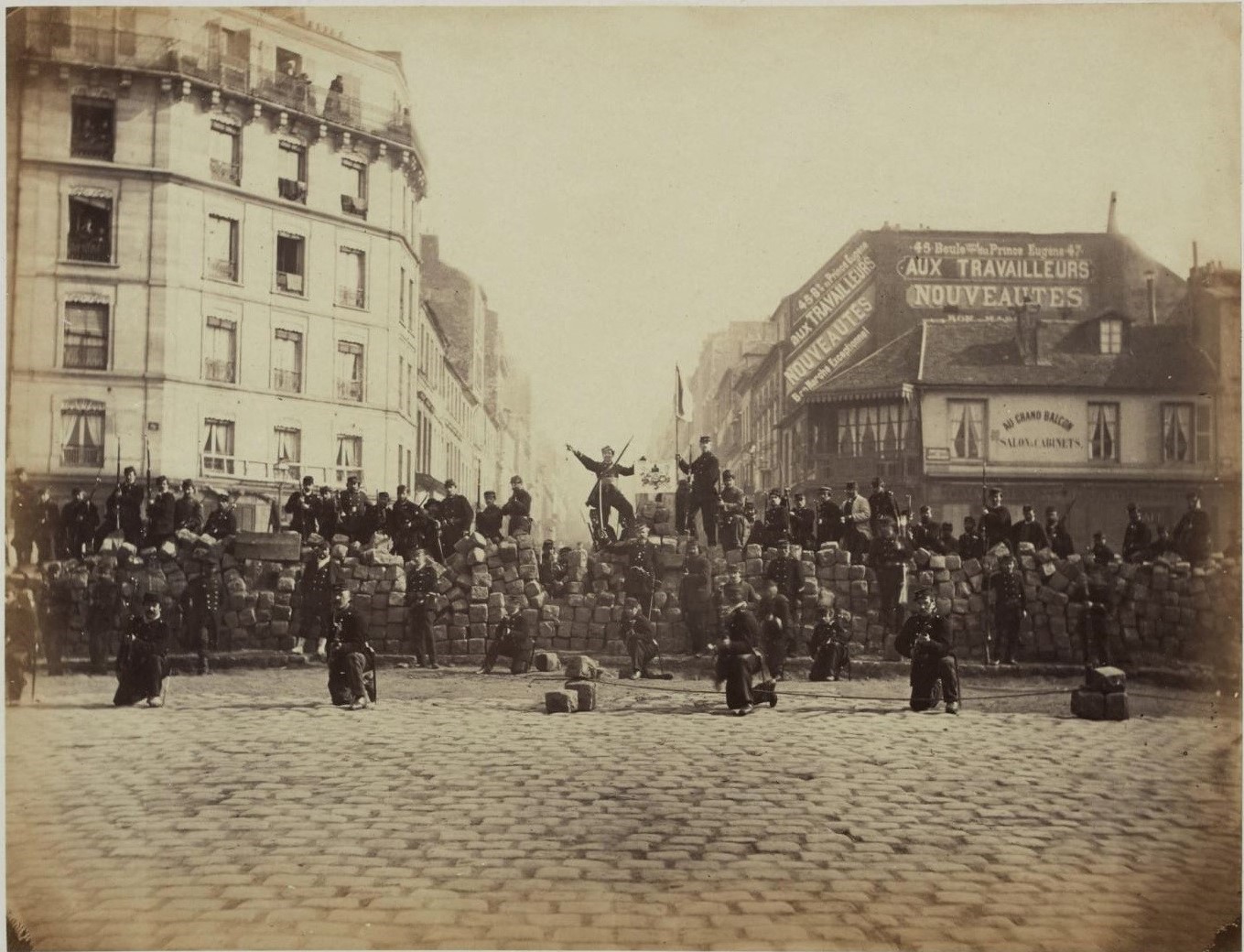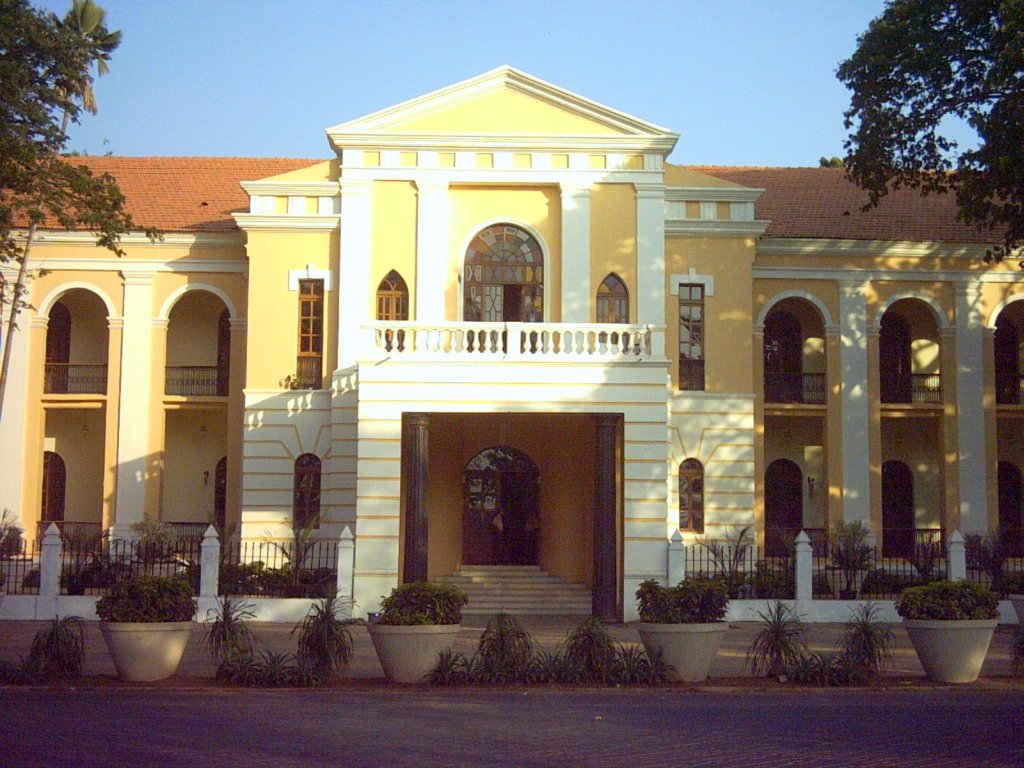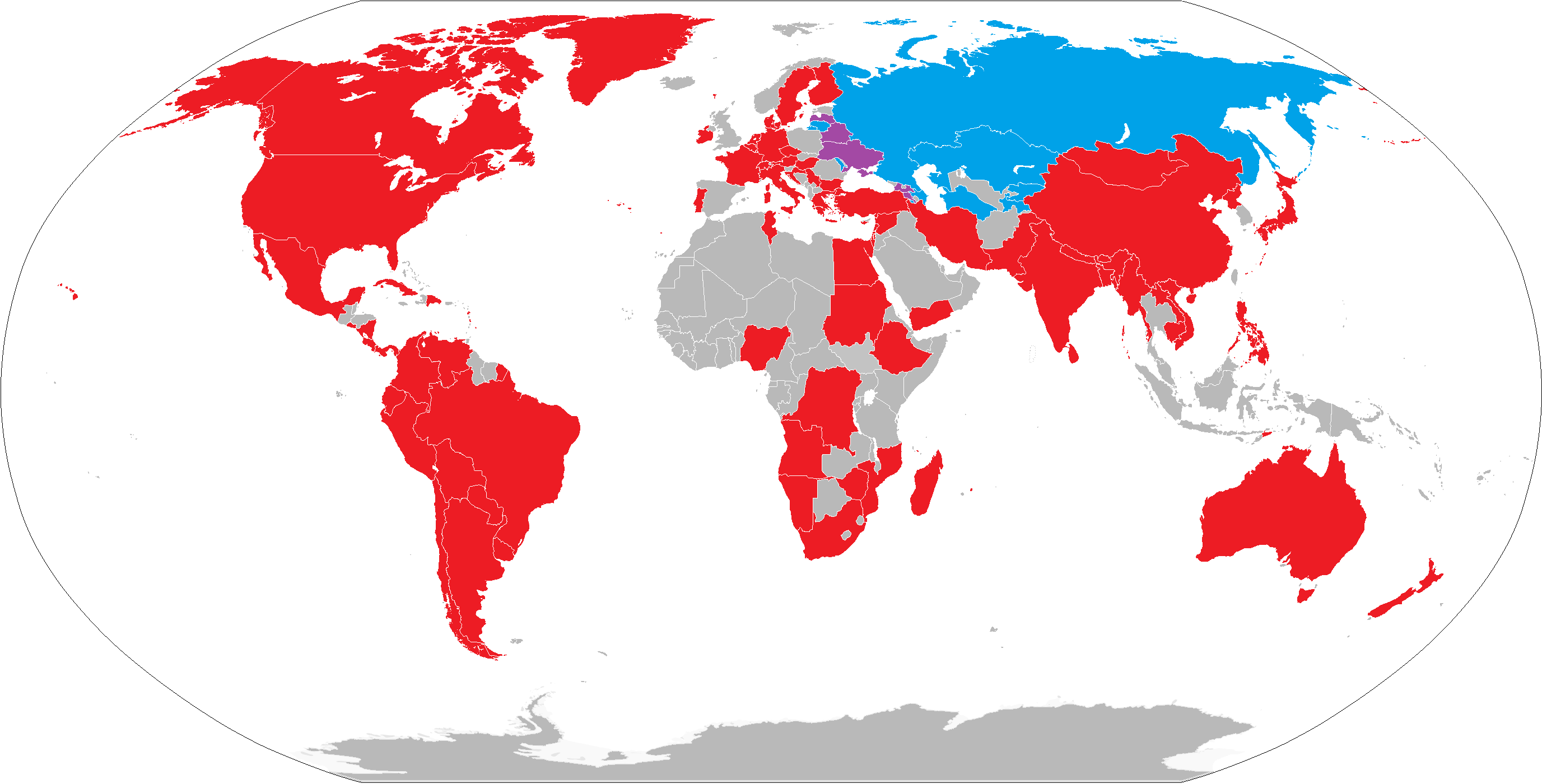|
Tristão De Bragança Cunha
Tristão de Bragança Cunha (2 April 1891 – 26 September 1958), alternatively spelled as Tristao de Braganza Cunha, popularly known as T B Cunha was a prominent Indian nationalist and anti-colonial activist from Goa (then part of Portuguese India). He is popularly known as the "''Father of Goan nationalism",'' and was the organiser of the first movement to end Portuguese rule in Goa. Early life and education Cunha was born on 2 April 1891 in the village Chandor in Goa. He hailed from Cuelim, Cansaulim. He completed his school education in Panjim and then went to Pondicherry to French College for his B.A. and then to Paris. There he studied at the Sorbonne University and obtained a degree in electrical engineering. In Paris, Cunha entered the circle of Romain Rolland and helped publicise the Indian independence movement generally, and the case of Portuguese India in particular, in the French-language press. Role in Goa liberation movement (1926–1954) Cunha returned to ... [...More Info...] [...Related Items...] OR: [Wikipedia] [Google] [Baidu] |
Chandor
Chandor is a village in Salcete sub-district of South Goa, in the Indian state of Goa. It lies on the southern bank of the Zuari River and western bank of the Kushavati River. History The ancient city of Chandrapura, where Chandor now stands, served as a capital from the Bhoja period to that of the Kadambas. The name comes from ''Chandreshwar,'' meaning Lord of the Moon, after the Hindu god Shiva who wears a crescent in his hair. Chander also boasts of a fort and a temple within its citadel. Located from the inland of Margao, it has both ancient and modern aspects to its history. Chandor also boasts of ancient inscriptions of Bhoja kings dating back to the 3rd or 4th Century CE. It is thought that by the 3rd century, the Bhojas had ruled over Goa as well as Shashti, Antruz, Bardez, North Kanara district, part of Belgaum district and some other areas around Goa with their main power base being Chandrapur (current Chandor). The earliest piece of evidence being the Siroda plate ... [...More Info...] [...Related Items...] OR: [Wikipedia] [Google] [Baidu] |
Fort Aguada
Fort Aguada is a well-preserved seventeenth-century Portuguese fort, along with a lighthouse, standing in Goa, India, on Sinquerim Beach, overlooking the Arabian Sea. It is an ASI protected Monument of National Importance in Goa. Origins and history The fort was originally constructed in 1612 to guard against the Dutch. It was a reference point for the vessels coming from Europe at that time. This old Portuguese fort stands on the beach south of Candolim, at the shore of the Mandovi River. It was initially tasked with defense of shipping and the nearby Bardez sub-district. A freshwater spring within the fort provided water supply to the ships that used to stop by. This is how the fort got its name: Aguada, meaning watery in the Portuguese language. Crews of passing ships would often visit to replenish their freshwater stores. The Aguada Fort Lighthouse erected in 1864 is the oldest of its kind in Asia. Built in 1612, it was once the grandstand of 79 cannons. It has the capac ... [...More Info...] [...Related Items...] OR: [Wikipedia] [Google] [Baidu] |
University Of Paris Alumni
A university () is an institution of higher (or tertiary) education and research which awards academic degrees in several academic disciplines. Universities typically offer both undergraduate and postgraduate programs. In the United States, the designation is reserved for colleges that have a graduate school. The word ''university'' is derived from the Latin ''universitas magistrorum et scholarium'', which roughly means "community of teachers and scholars". The first universities were created in Europe by Catholic Church monks. The University of Bologna (''Università di Bologna''), founded in 1088, is the first university in the sense of: *Being a high degree-awarding institute. *Having independence from the ecclesiastic schools, although conducted by both clergy and non-clergy. *Using the word ''universitas'' (which was coined at its foundation). *Issuing secular and non-secular degrees: grammar, rhetoric, logic, theology, canon law, notarial law.Hunt Janin: "The university ... [...More Info...] [...Related Items...] OR: [Wikipedia] [Google] [Baidu] |
1958 Deaths
Events January * January 1 – The European Economic Community (EEC) comes into being. * January 3 – The West Indies Federation is formed. * January 4 ** Edmund Hillary's Commonwealth Trans-Antarctic Expedition completes the third overland journey to the South Pole, the first to use powered vehicles. ** Sputnik 1 (launched on October 4, 1957) falls to Earth from its orbit, and burns up. * January 13 – Battle of Edchera: The Moroccan Army of Liberation ambushes a Spanish patrol. * January 27 – A Soviet-American executive agreement on cultural, educational and scientific exchanges, also known as the " Lacy–Zarubin Agreement", is signed in Washington, D.C. * January 31 – The first successful American satellite, Explorer 1, is launched into orbit. February * February 1 – Egypt and Syria unite, to form the United Arab Republic. * February 6 – Seven Manchester United footballers are among the 21 people killed in the Munich air disaster in West G ... [...More Info...] [...Related Items...] OR: [Wikipedia] [Google] [Baidu] |
1891 Births
Events January–March * January 1 ** Paying of old age pensions begins in Germany. ** A strike of 500 Hungarian steel workers occurs; 3,000 men are out of work as a consequence. **Germany takes formal possession of its new African territories. * January 2 – A. L. Drummond of New York is appointed Chief of the Treasury Secret Service. * January 4 – The Earl of Zetland issues a declaration regarding the famine in the western counties of Ireland. * January 5 **The Australian shearers' strike, that leads indirectly to the foundation of the Australian Labor Party, begins. **A fight between the United States and Indians breaks out near Pine Ridge agency. ** Henry B. Brown, of Michigan, is sworn in as an Associate Justice of the Supreme Court. **A fight between railway strikers and police breaks out at Motherwell, Scotland. * January 6 – Encounters continue, between strikers and the authorities at Glasgow. * January 7 ** General Miles' force ... [...More Info...] [...Related Items...] OR: [Wikipedia] [Google] [Baidu] |
Activists From Goa
Activism (or Advocacy) consists of efforts to promote, impede, direct or intervene in social, political, economic or environmental reform with the desire to make changes in society toward a perceived greater good. Forms of activism range from mandate building in a community (including writing letters to newspapers), petitioning elected officials, running or contributing to a political campaign, preferential patronage (or boycott) of businesses, and demonstrative forms of activism like rallies, street marches, strikes, sit-ins, or hunger strikes. Activism may be performed on a day-to-day basis in a wide variety of ways, including through the creation of art (artivism), computer hacking ( hacktivism), or simply in how one chooses to spend their money ( economic activism). For example, the refusal to buy clothes or other merchandise from a company as a protest against the exploitation of workers by that company could be considered an expression of activism. However, the most ... [...More Info...] [...Related Items...] OR: [Wikipedia] [Google] [Baidu] |
Indian Parliament
The Parliament of India ( IAST: ) is the supreme legislative body of the Republic of India. It is a bicameral legislature composed of the president of India and two houses: the Rajya Sabha (Council of States) and the Lok Sabha (House of the People). The president in his role as head of the legislature has full powers to summon and prorogue either house of Parliament or to dissolve the Lok Sabha. The president can exercise these powers only upon the advice of the prime minister and his Union Council of Ministers. Those elected or nominated (by the president) to either house of Parliament are referred to as members of Parliament (MPs). The members of parliament of the Lok Sabha are directly elected by the Indian public voting in single-member districts and the members of parliament of the Rajya Sabha are elected by the members of all state legislative assemblies by proportional representation. The Parliament has a sanctioned strength of 543 in the Lok Sabha and 245 in the R ... [...More Info...] [...Related Items...] OR: [Wikipedia] [Google] [Baidu] |
Margao
Margao or Madgaon is the commercial capital of the Indian state of Goa. It stands on banks of the Sal river and is the administrative headquarters of Salcete sub-district and South Goa district. It is Goa's second largest city by population after Vasco. Etymology ''Margão'' is the Portuguese spelling, with (''Madgao'') being used in Konkani. The etymology of the name has been debated, with theories ranging from the name having evolved from the pre-colonial Mahargao (“village of Mahars”, a large community of weavers) to being derived from the Sanskrit (''Maṭhagrāma'') which means "a village of monasteries" owing to the shrines of Matsyendranath and Gorakhnath in ''Ravanphond'', now a suburb of Margao. Alternatively Margão may be derived from Mharuganv, “village of demons”, or Maravile, Portuguese for “marvellous village.” History Margao in pre-Portuguese times was one of the important settlements in Salcete and known as ''Matha Grama'' (the village of M ... [...More Info...] [...Related Items...] OR: [Wikipedia] [Google] [Baidu] |
Panaji
Panaji (; also known as Panjim) is the capital of the Indian state of Goa and the headquarters of North Goa district. Previously, it was the territorial capital of the former Portuguese India. It lies on the banks of the Mandovi river estuary in the Tiswadi sub-district ''(tehsil)''. With a population of 114,759 in the metropolitan area, Panaji is Goa's largest urban agglomeration, ahead of Margao and Mormugao. Panaji has terraced hills, concrete buildings with balconies and red-tiled roofs, churches, and a riverside promenade. There are avenues lined with gulmohar, acacia and other trees. The baroque Our Lady of the Immaculate Conception Church is located overlooking the main square known as Praça da Igreja. Panaji has been selected as one of hundred Indian cities to be developed as a smart city under the Smart Cities Mission. The city was built with stepped streets and a seven kilometre long promenade on a planned grid system after the Portuguese relocated the capital from ... [...More Info...] [...Related Items...] OR: [Wikipedia] [Google] [Baidu] |
World Peace Council
The World Peace Council (WPC) is an international organization with the self-described goals of advocating for universal disarmament, sovereignty and independence and peaceful co-existence, and campaigns against imperialism, weapons of mass destruction and all forms of discrimination. Founded from an initiative of the Information Bureau of the Communist and Workers' Parties, WPC emerged from the bureau's worldview that divided humanity into Soviet-led "peace-loving" progressive forces and US-led "warmongering" capitalist countries. Throughout the Cold War, WPC operated as a front organization as it was controlled and largely funded by the Soviet Union, and refrained from criticizing or even defended the Soviet Union's involvement in numerous conflicts. These factors led to the decline of its influence over the peace movement in non-Communist countries. Its first president was the French physicist and activist Frédéric Joliot-Curie. It was based in Helsinki, Finland from 1968 ... [...More Info...] [...Related Items...] OR: [Wikipedia] [Google] [Baidu] |
Government Of India
The Government of India (ISO: ; often abbreviated as GoI), known as the Union Government or Central Government but often simply as the Centre, is the national government of the Republic of India, a federal democracy located in South Asia, consisting of 28 union states and eight union territories. Under the Constitution, there are three primary branches of government: the legislative, the executive and the judiciary, whose powers are vested in a bicameral Parliament, President, aided by the Council of Ministers, and the Supreme Court respectively. Through judicial evolution, the Parliament has lost its sovereignty as its amendments to the Constitution are subject to judicial intervention. Judicial appointments in India are unique in that the executive or legislature have negligible say. Etymology and history The Government of India Act 1833, passed by the British parliament, is the first such act of law with the epithet "Government of India". Basic structure The gover ... [...More Info...] [...Related Items...] OR: [Wikipedia] [Google] [Baidu] |
Jaiprakash Narayan
Jayaprakash Narayan (; 11 October 1902 – 8 October 1979), popularly referred to as JP or ''Lok Nayak'' (Hindi for "People's leader"), was an Indian independence activist, theorist, socialist and political leader. He is remembered for leading the mid-1970s opposition against Prime Minister Indira Gandhi, for whose overthrow he had called for a " total revolution". His biography, ''Jayaprakash,'' was written by his nationalist friend and the writer of Hindi literature, Rambriksh Benipuri. In 1999, he was posthumously awarded the Bharat Ratna, India's highest civilian award, in recognition of his social service. Other awards include the Magsaysay award for Public Service in 1965. Early life Jayprakash Narayan was born on 11 October 1902 in the village of Sitabdiara, Ballia district, United Provinces, British India (present-day Saran district, Bihar, India). Sitabdiara is a large village, straddling two states and three districts — Saran and Bhojpur in Bihar and Balli ... [...More Info...] [...Related Items...] OR: [Wikipedia] [Google] [Baidu] |
.jpg)






